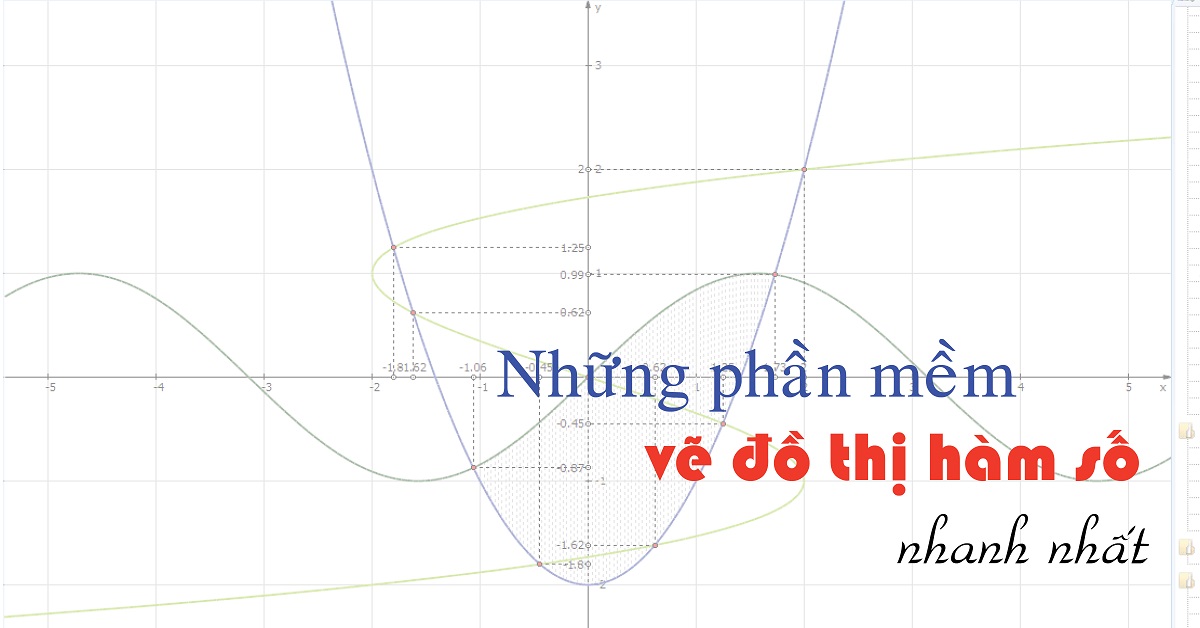Download Article
Download Article
Bài viết hiện tại: How to Understand E=mc2
In one of Albert Einstein’s revolutionary scientific papers published in 1905, E=mc2 was introduced; where E is energy, m is mass, and c is the speed of light in a vacuum.[1] Since then, E=mc2 has become one of the most famous equations in the world. Even people with no background in physics have at least heard of the equation and are aware of its prodigious influence on the world we live in. However, most people do not exactly know what the equation means. In simple terms, the equation represents the correlation of energy to matter: essentially, energy and matter are but two different forms of the same thing.[2] This relatively simple equation has altered the way we think about energy and provided us with numerous technological advances.
Understanding the Equation Download Article
-
1
Define the variables of the equation. The first step to understanding any equation is to know what each variable stands for. In this case, E is the energy of an object at rest, m is the object’s mass, and c is the speed of light in vacuum.
- The speed of light, c is constant in all reference frames and is roughly equal to 3.00×108 meters per second. In the context of Einstein’s relativity, the c2 functions more as a unit conversion factor than a constant. As such, it is squared as a result of dimensional analysis – energy is measured in joules, or kg m2 s-2, so adding the c2 ensures that the relationship between energy and mass is dimensionally consistent.
-
2
Understand what is meant by energy. There are many forms of energy including thermal, electrical, chemical, nuclear and more.[3] Energy is transferred between systems giving power to one system while taking it away from another.
- Energy can be neither created nor destroyed, it can only take a different form. For example, coal has a lot of potential energy that turns into thermal energy when it is burned.
-
3
Define what mass means. Mass is generally defined as the amount of matter in an object.[4]
- There are also a few other definitions of mass. There exists “invariant mass,” and “relativistic mass.” Invariant mass is mass that remains unchanged no matter what frame of reference you are in. Relativistic mass, on the other hand, depends on the object’s velocity. In the equation E = mc2, m refers to the invariant mass. This is very important, because this means that your mass does not grow as you go faster, contrary to popular belief.
- It’s important to understand that mass and weight are different. Weight is the gravitational force felt by an object, while mass is the amount of matter in that object. Mass can only change if the object is physically altered, while weight changes depending on the gravity of the environment the object is in. Mass is measured in kilograms (kg) while weight is measured in newtons (N).
- Like energy, mass can neither be created nor destroyed, but it can also change form. For example, an ice cube can melt into a liquid, but it still has the same mass in both states.
-
4
Realize that mass and energy are equivalent.[5] The equation states that mass and energy are the same thing and tells you how much energy is contained inside a certain amount of mass. Essentially, the equation explains that a small amount of mass is full of a large amount of energy.
Applying the Equation in the Real World Download Article
-
1
Understand where usable energy comes from. Most of our consumable energy comes from the burning of coal and natural gas. Burning these substances takes advantage of their valence electrons (unpaired electrons in the outermost shell of an atom) and the bonds they make with other elements. When heat is added, these bonds break and the energy released is used to power our communities.
- Obtaining energy this way is not very efficient and is costly to the environment.
-
2
Apply Einstein’s equation to make energy conversion more efficient. E=mc2 tells us that there is much more energy stored inside the nucleus of an atom than in its valence electrons. The energy released from splitting an atom is much higher than that of breaking electron bonds.
- Nuclear power is based on this principle. Nuclear reactors cause fission (the splitting of atoms) to occur and capture the massive amount of energy released.
-
3
Discover the technologies made possible by E=mc2. E=mc2 has enabled the creation of many new and exciting technologies, some of which, we can’t imagine living without:[6]
Bài viết liên quan: Hợp đồng tín dụng ngân hàng là gì ? Khái niệm, đặc điểm của hợp đồng tín dụng ?
- PET scans use radioactivity to see inside the body.
- The equation allowed for the development of telecommunications with satellites and rovers.
- Radiocarbon dating uses radioactive decay based on the equation to determine the age of ancient objects.
- Nuclear energy provides cleaner and more efficient energy sources to our society.
Community Q&A
Add New Question
-
Question
If mass can neither be created nor destroyed as stated in your article, can mass change into energy and vise versa?
Einstein is basically saying that mass and energy are different forms or descriptions of the same thing. By converting mass to energy, you are still conserving the mass through the form of energy.
-
Question
You use a melting ice cube as an example of an object changing forms without losing mass. But surely the melted water will occupy less volume than the ice cube?
Mass and volume are not the same. You can stretch or compact an object to change its volume, but the amount of matter inside it will stay the same. In the ice cube example, the molecules in liquid water are closer together, but they’re still the same molecules that were in the ice.
-
Question
Can humans travel 1% the speed of light yet?
No, not even close. Keep in mind that the speed of light is 3.00×10^8 meters/second. For us to even go a fraction of that speed, 1% for example, we would have to go 3.0×10^6 meters/second which is approximately 1,864.1 miles/second or 6,710,808.88 miles/hour. We are not even close to that speed yet technologically.
-
Question
As E=mc^2 is applicable for all matter in the world, why are Uranium and other radioactive elements used to create energy rather than freely found elements like water, sand, etc.?
Alan Hume
Community Answer
Uranium and other radioactive elements are very unstable and therefore are the easiest elements to split (not that this is easy!). The difficulty lies in finding out how to split the more freely found elements since they are not so inherently unstable in the first place.
-
Question
If the conclusion is Mass = Energy times The speed of light squared. Then how can energy and mass be interchangeable mathematically? IF e=MC squared is true and E and M are interchangeable the there seems to be a flaw. M=EC squared the same thing? I think not.
No, the article was saying that mass and energy are interchangeable because as you increase one, the other has to be increased due to the equation to balance it out.
-
Question
Why are atoms so small?
Atoms are the building blocks of matter, and they only consist of a certain amount of subatomic particles. They are considered “small” perhaps, since we are so large in comparison, and they are one of the smallest units of creation.
-
Question
I’ve heard that special relativity is related to time travel. How does that work?
There’s no such thing as absolute time. Two people moving at different relative speeds can disagree on how much time has passed between two events. However, if you could send a signal faster than light, things get weirder: the two people could disagree over which event came first. This leads to “time travel” paradoxes, such as sending a message to yourself in the past. Most physicists think faster than light signals are impossible, partly for this reason.
-
Question
Why can’t an object with mass travel at the speed of light?
Bài viết liên quan: MAKE FUN OF – Translation in Vietnamese
Special relativity explains that accelerating an object with mass takes more and more energy as the speed increases. When you’re near the speed of light, this effect is so noticeable that you can only edge closer and closer to light speed, no matter how much energy you put in.
-
Question
How is gravity impacted by e=mc2?
F=ma and E=mc2 are both encompassed, surpassed, and related by this most fundamental law/truth in all of physics: Inertial resistance is proportional to gravitational force/energy. (Gravity has energy.) This law applies to the Sun and to photons, and it applies to black holes. Balancing gravity and inertia is what is most fundamental and important here. So, force/energy, acceleration, photons/light, gravity and inertia, and larger and smaller space are central considerations for what is impacted by this equation.
-
Question
How does nuclear fission release so much more energy than the break in electrons from burning fossil fuels?
Almost all of the mass in an atom is located in the nucleus, where protons and neutrons are bound together very tightly. Nuclear fission breaks apart these tight bonds and converts some of the nucleus mass into energy.
See more answers
Ask a Question
200 characters left
Include your email address to get a message when this question is answered.
Submit
Video
By using this service, some information may be shared with YouTube.
Tips
Thanks for submitting a tip for review!
About This Article
Article SummaryX
To understand E=mc², you have to define each of the variables. E is the energy of an object at rest, m is that object’s mass, and c is the speed of light in a vacuum. Neither the energy nor the mass of an object can change, although the mass can change forms, such as when an ice cube melts. The purpose of the equation is to tell you how much energy is contained in a certain amount of mass. To learn how to apply the equation to the real world, read on!
Did this summary help you?
Thanks to all authors for creating a page that has been read 1,103,979 times.
Reader Success Stories
-
Peggy McCants
Jul 4, 2017
“I never took physics in high school or college, but every day I realize that so much of the world has to do with…” more
Did this article help you?
Nguồn TKNDKTCS2030: https://wiki.thongkenhadat.com
Danh mục (THONGKENHADAT): Phong thủy tổng hợp







